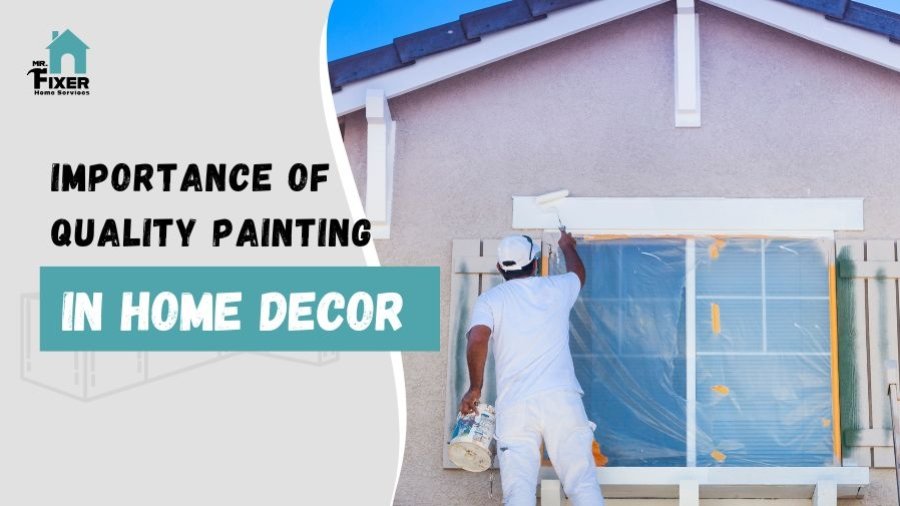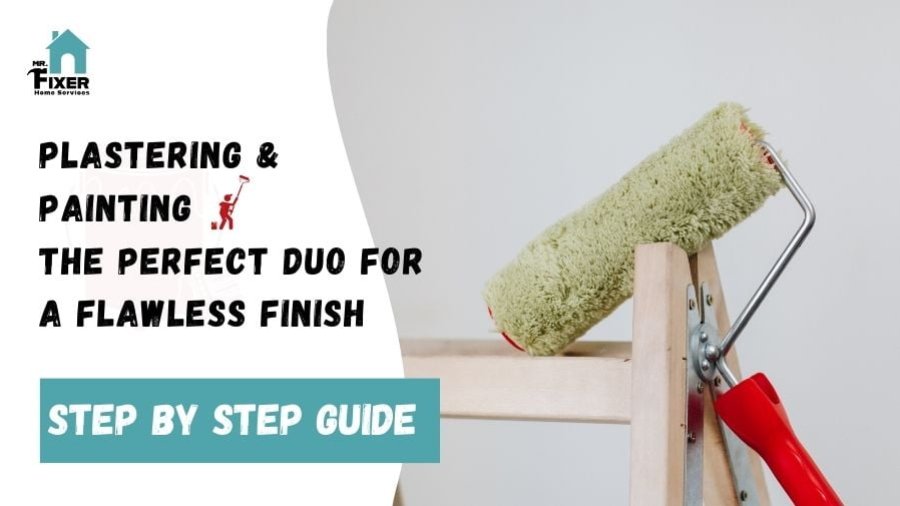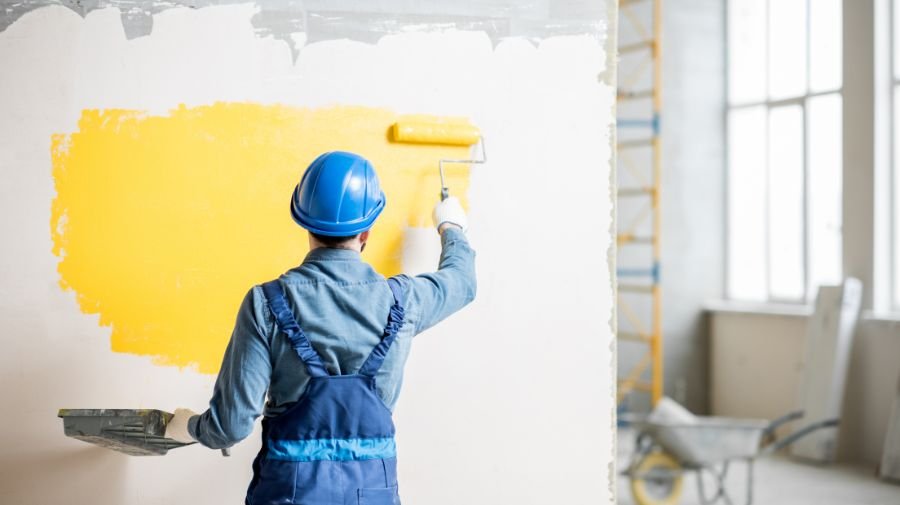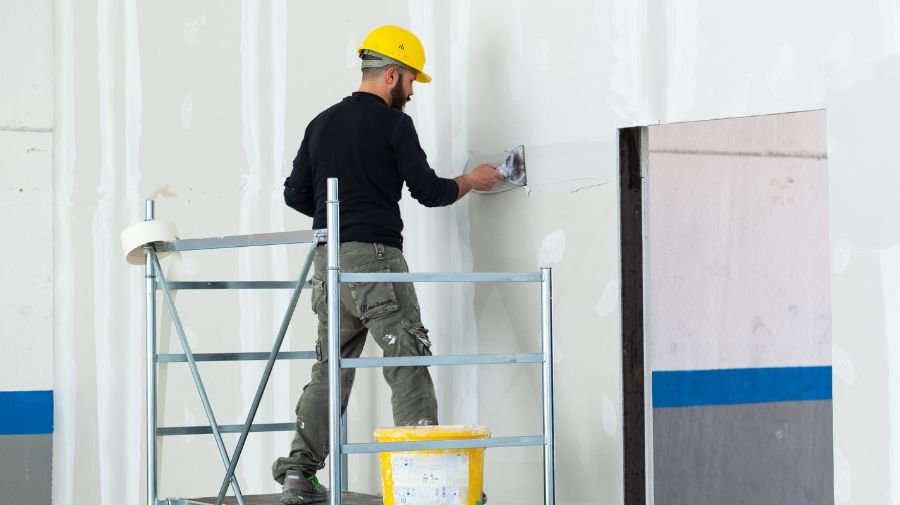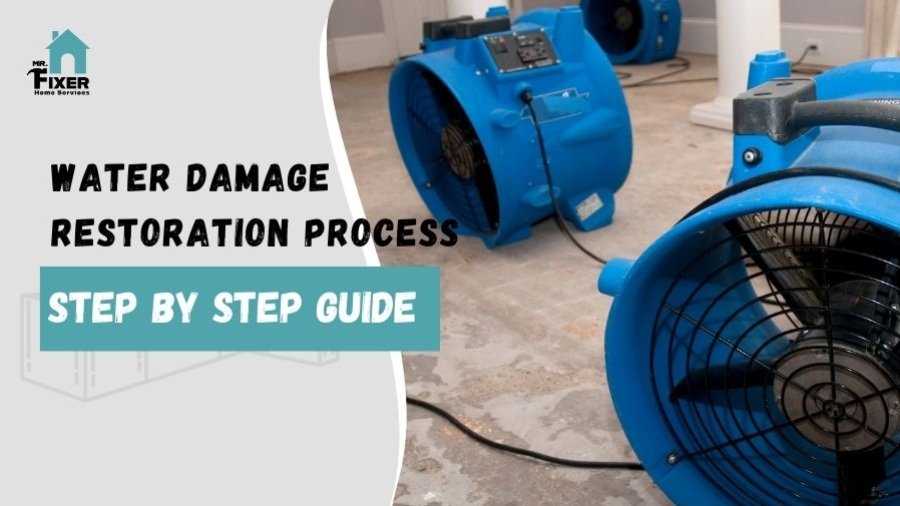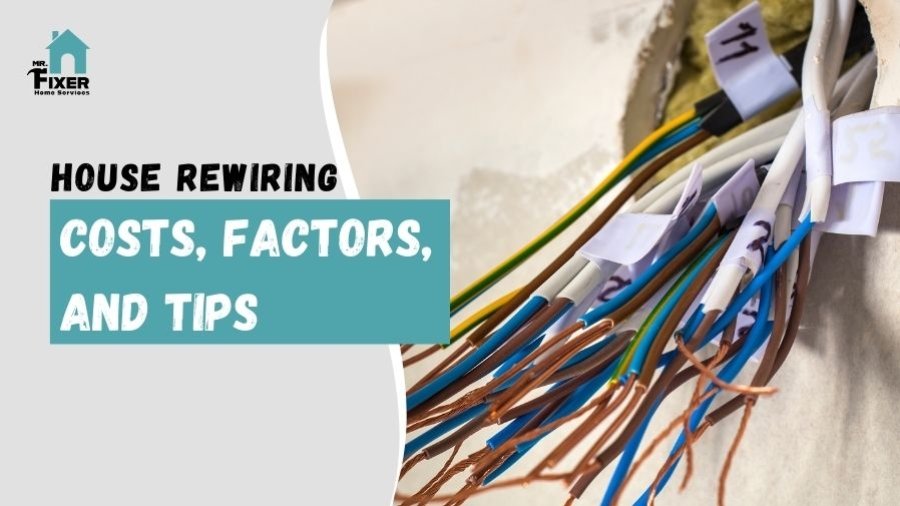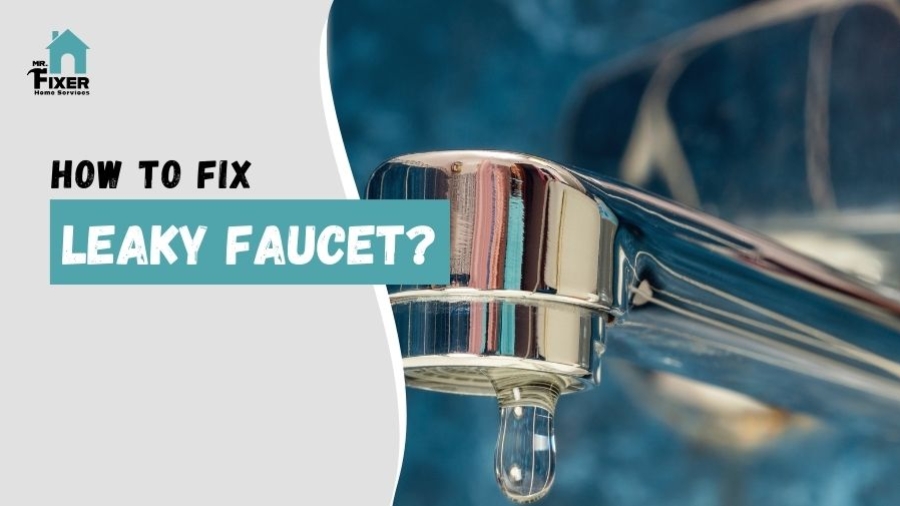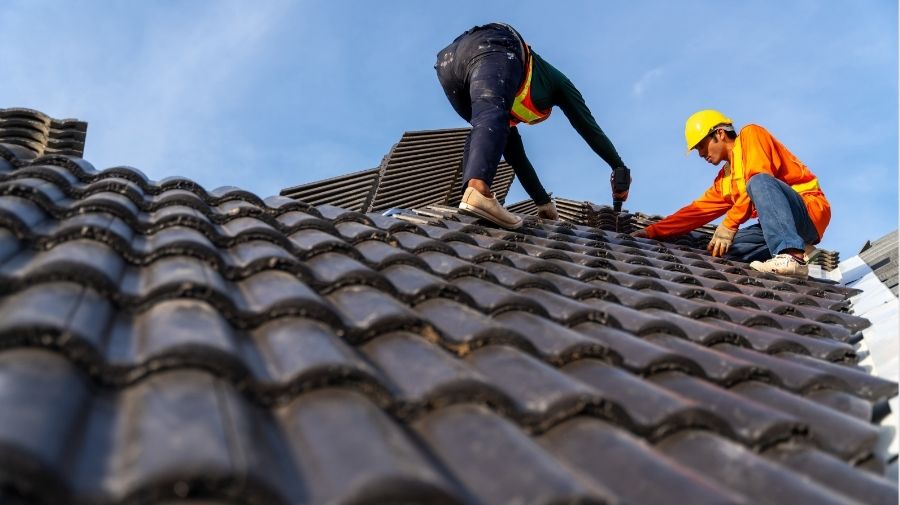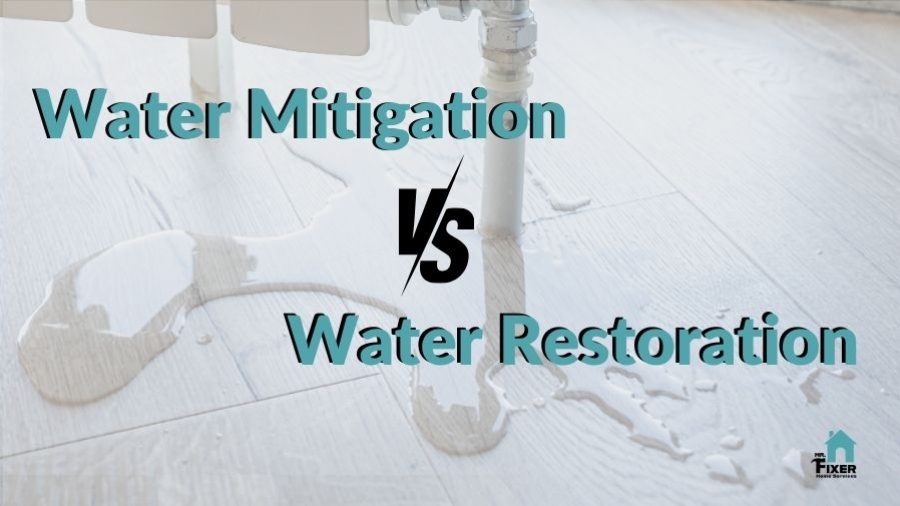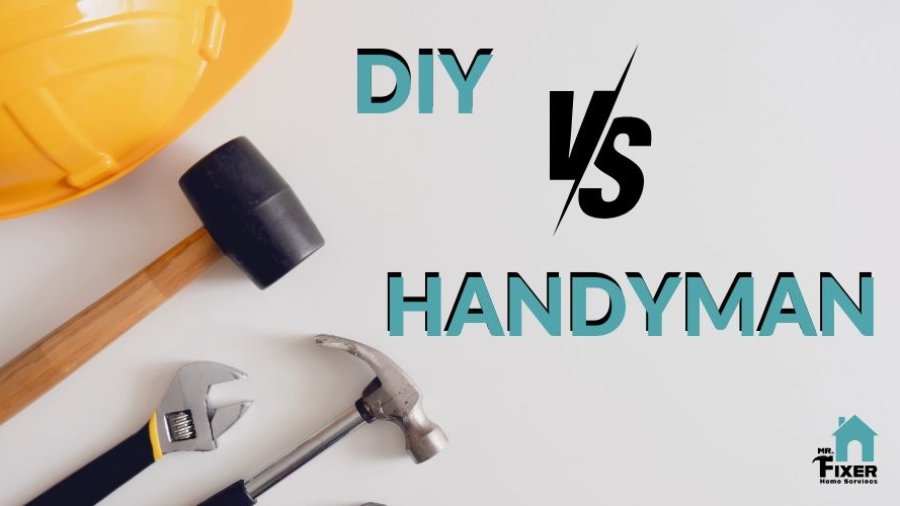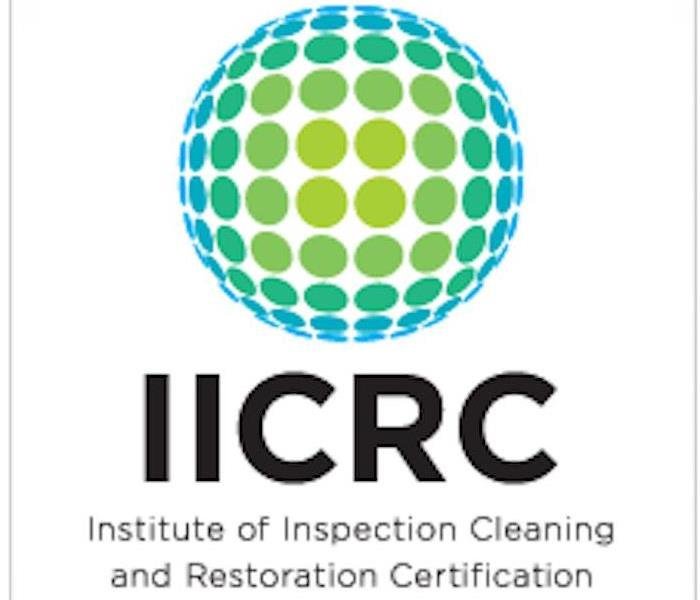When it comes to home décor, painting is more than just a finishing touch—it’s a defining feature that sets the tone for the entire space. Quality painting not only enhances the aesthetic appeal of a home but also plays a crucial role in protecting and maintaining the integrity of the walls. Here’s why investing in quality painting is essential for home décor.
Color Selection and Mood:

The colors you choose for your home can significantly impact the atmosphere of each room. Warm colors like reds and yellows create a cozy, inviting feel, while cool colors like blues and greens evoke a sense of calm and relaxation. Quality painting ensures that the chosen colors are applied evenly and vibrantly, bringing your vision to life.
Texture and Finish:
Quality painting provides a smooth, professional finish that can be customized to suit your style. Whether you prefer a matte, satin, or glossy finish, a professional painter can achieve the desired effect without streaks or uneven patches, enhancing the overall look of your décor.
Plastering & Painting – The Perfect Duo for a Flawless Finish:
To achieve a truly flawless finish, consider the perfect duo of plastering and painting. Plastering provides a smooth and even surface, essential for ensuring that paint adheres properly and looks its best. A well-plastered wall enhances the paint’s durability and appearance, resulting in a more polished and professional look.
Protection of Surfaces:
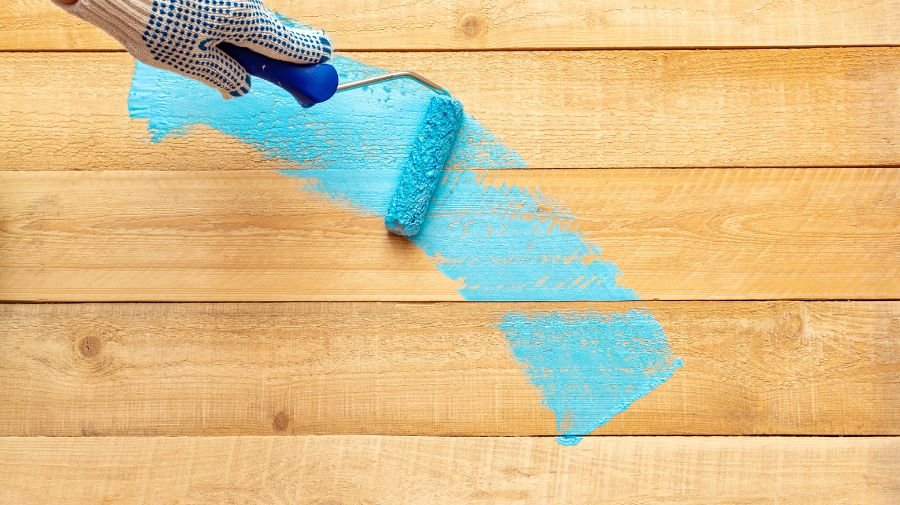
Paint acts as a protective layer for your walls, shielding them from moisture, dust, and other environmental factors. Quality paint and proper application techniques ensure that this protective layer is effective and long-lasting, preventing issues like mold, mildew, and peeling.
Increased Property Value:
A well-painted home can significantly boost its market value. Prospective buyers are more likely to be attracted to a property that looks well-maintained and stylish. Quality painting is an investment that pays off by enhancing the curb appeal and overall desirability of your home.
Cost-Effectiveness:
While high-quality paint and professional services might cost more upfront, they are more cost-effective in the long run. The durability and reduced need for frequent repaints mean that you save money over time, making it a wise investment for any homeowner.
Customization and Personal Touch:
Your home is a reflection of your personality and style. Quality painting allows you to express yourself through color, texture, and design. Whether you prefer bold, dramatic colors or soft, neutral tones, a quality paint job can help you achieve the exact look you want.
Enhancing Architectural Features:
Quality painting can highlight and enhance the architectural features of your home. From accent walls to intricate moldings, a skilled painter can draw attention to these elements, adding depth and character to your space.
Conclusion
Quality painting is an essential aspect of home décor. It enhances the aesthetic appeal, increases property value, and improves mood and well-being. By choosing the right paint and hiring professional painters, you can transform your home into a beautiful and inviting space. Invest in quality painting to enjoy the long-term benefits and create a home you love. For professional painting services that guarantee top-notch quality and a flawless finish, consider hiring Mr. Fixer. With years of experience and a team of skilled painters, Mr. Fixer provides exceptional painting services that meet your specific needs and preferences.

